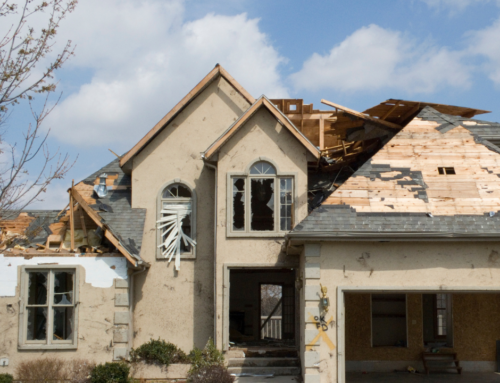Mold Removal Myths Debunked: What Really Works After Water Damage?
Water damage in a home or business can lead to one of the most dreaded consequences—mold growth. Unfortunately, misinformation about mold removal is widespread, leading to ineffective or even hazardous remediation attempts. Let’s debunk some of the most common mold removal myths and explore what truly works to restore your property safely and effectively.
Myth #1: Bleach Kills Mold Completely
Many homeowners believe that spraying bleach on mold-infested surfaces will eradicate the problem. While bleach can remove surface mold on non-porous materials, it does not penetrate deeply into porous surfaces like drywall and wood. Instead, it may provide a temporary cosmetic fix while allowing mold roots to continue growing beneath the surface. The best approach is professional-grade antimicrobial treatments combined with thorough removal of affected materials when necessary.
Myth #2: Mold Won’t Grow If the Area Dries Out
While reducing moisture is essential to mold prevention, it does not eliminate existing mold colonies. Mold spores can remain dormant even in dry conditions, waiting for the next moisture source to reactivate growth. Proper remediation involves not only drying the area but also physically removing contaminated materials and applying appropriate treatment solutions to prevent regrowth.
Myth #3: DIY Mold Removal is Just as Effective as Professional Remediation
Homeowners often attempt DIY mold removal using household cleaners, vinegar, or hydrogen peroxide. While some of these solutions may help with small, superficial mold issues, they are ineffective against widespread contamination. Professional mold remediation services use specialized equipment such as HEPA air scrubbers, industrial dehumidifiers, and containment barriers to ensure complete mold removal and prevent cross-contamination.
Myth #4: If You Can’t See Mold, There’s No Problem
Mold often grows behind walls, under flooring, and in HVAC systems, making it invisible to the naked eye. A musty odor, increased allergy symptoms, or persistent moisture issues are signs of hidden mold. Professional inspections using moisture meters and air quality testing can detect mold presence even when it’s not visible.
Myth #5: Painting Over Mold Seals It and Prevents Regrowth
Painting over mold may cover stains temporarily, but it does not stop mold from growing. The underlying issue—excess moisture—must be addressed first. Any contaminated materials should be removed or properly treated before repainting, ensuring that mold does not continue spreading behind the surface.
What Really Works?
Now that we’ve dispelled these common myths, here’s what truly works for effective mold remediation:
- Professional Assessment – Hiring mold remediation specialists ensures a thorough inspection and tailored treatment plan.
- Proper Moisture Control – Identifying and repairing the source of moisture (such as leaks or high humidity) prevents future mold growth.
- HEPA Filtration & Air Scrubbing – High-efficiency particulate air (HEPA) filters and negative air pressure machines help remove airborne spores and prevent spread.
- Safe Containment & Removal – Using industry-standard containment methods prevents mold from contaminating unaffected areas during removal.
- Antimicrobial Treatment – Applying EPA-approved antimicrobial solutions helps eliminate mold spores and reduce the risk of regrowth.
Contact Xcel Restore Today
Mold removal is a complex process that requires more than just DIY solutions or quick fixes. By understanding the science behind mold remediation and trusting professional services, property owners can ensure a safe and thorough recovery after water damage. If you suspect mold in your home or business, don’t rely on myths—contact Xcel Restore for expert mold remediation services today!

